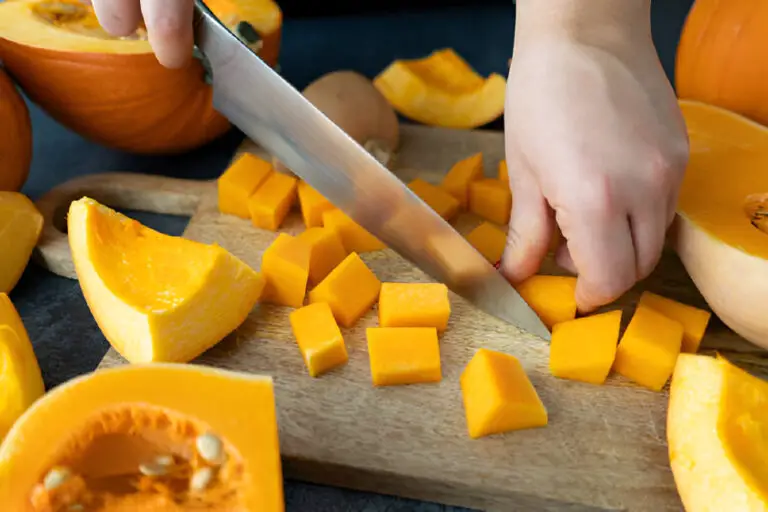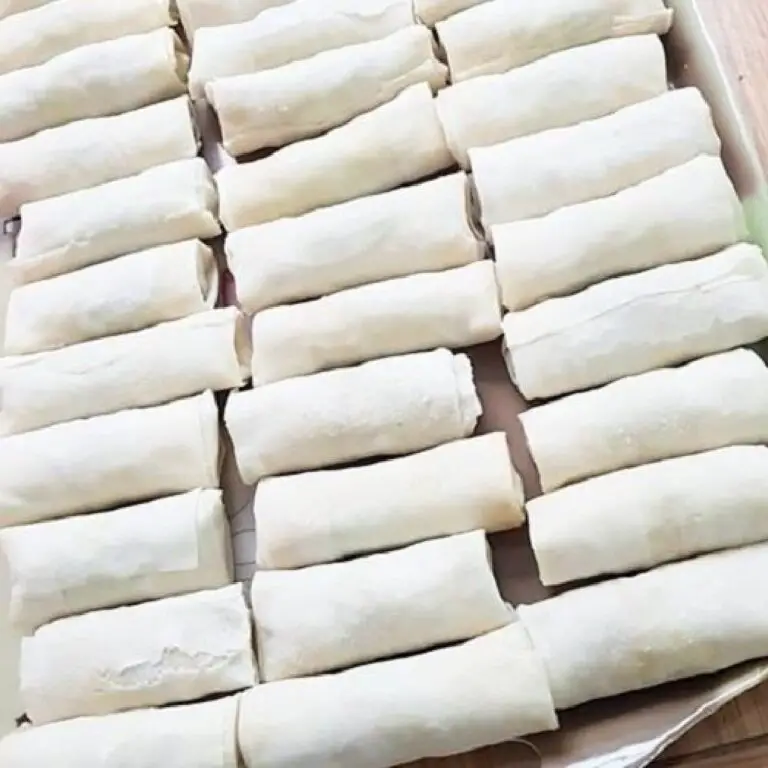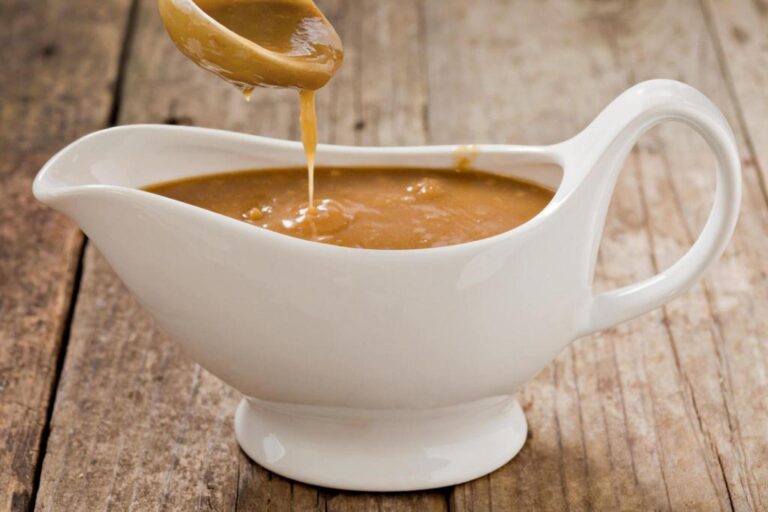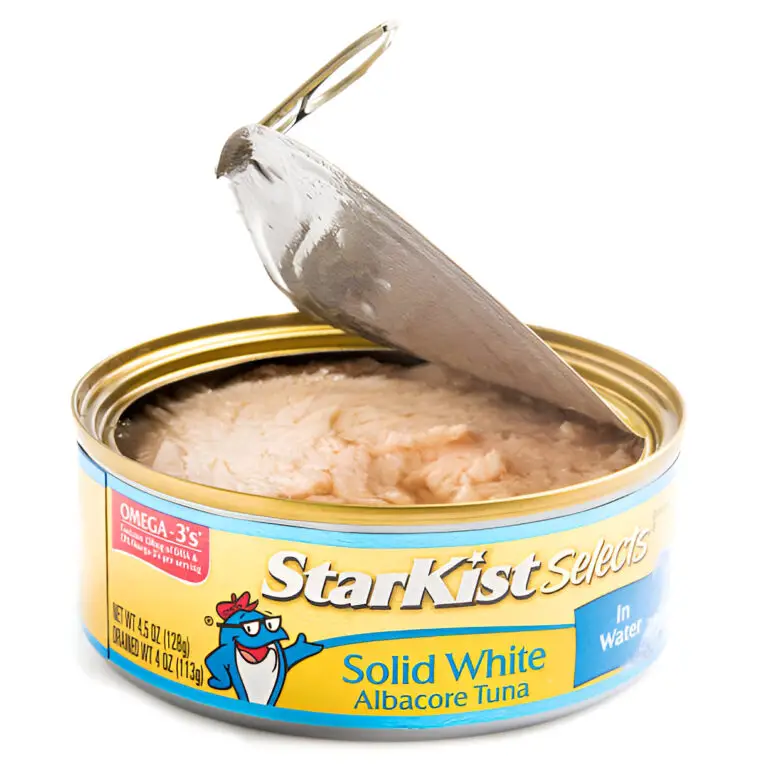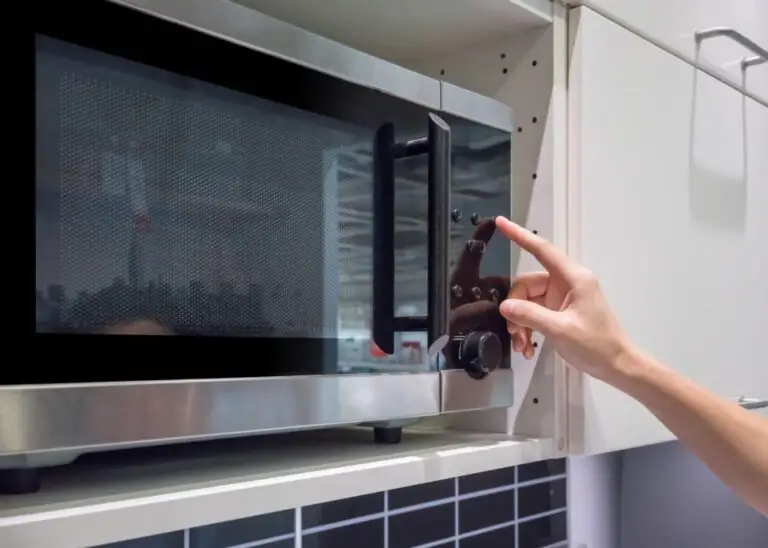Can You Bake or Fry Gnocchi Instead of Boiling?
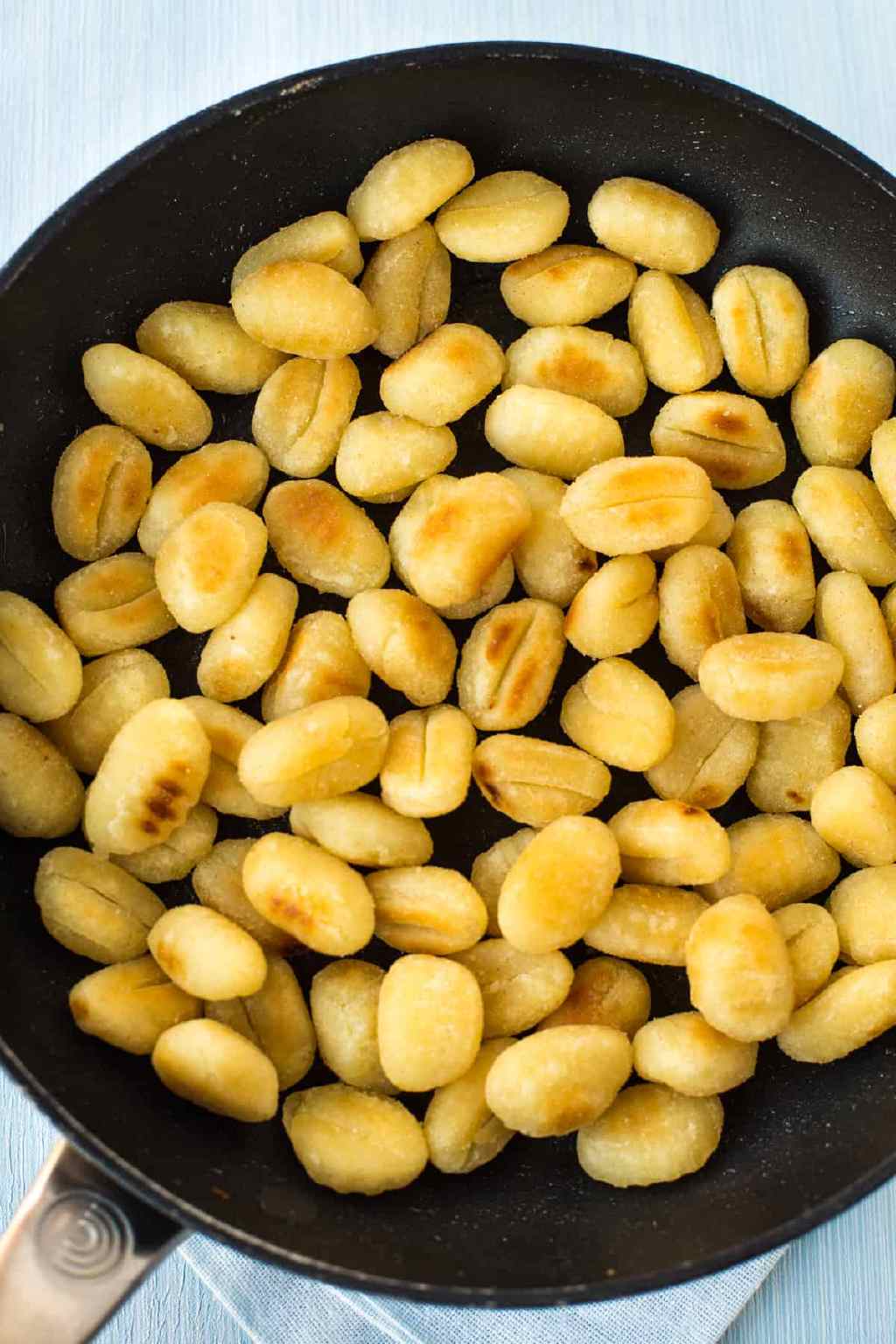
Gnocchi, those delightful potato dumplings that grace the plates of many Italian-inspired meals, are typically boiled to achieve that soft and pillowy texture we all know and love. But what if we told you there’s another way to prepare these little wonders that might just change your culinary game?
In this article, we’ll explore the possibilities of baking or frying gnocchi, steering away from the conventional boiling method.
Introduction: The Versatility of Gnocchi
Gnocchi, a beloved Italian dumpling, is often associated with the traditional method of boiling. However, its versatility goes beyond this common preparation. Gnocchi’s doughy texture and subtle flavor make it a blank canvas for creativity in the kitchen. Whether baked, fried, or boiled, gnocchi can be adapted to suit various culinary preferences and dietary restrictions.
Baking gnocchi offers a delightful alternative to boiling, resulting in a crispy exterior while maintaining a soft interior. This method enhances the texture and adds depth of flavor through the caramelization of the outer layer.
Meanwhile, frying gnocchi creates an irresistibly golden crust that provides an entirely different eating experience. Exploring these cooking techniques not only transforms the traditional dish but also introduces new dimensions to your dining repertoire.
Home cooks and professional chefs can experiment with textures and flavors by preparing gnocchi in unusual ways. This versatile pasta will satisfy and impress your taste whether you bake or fry it instead of boiling it.
Can You Bake or Fry Gnocchi Instead of Boiling?
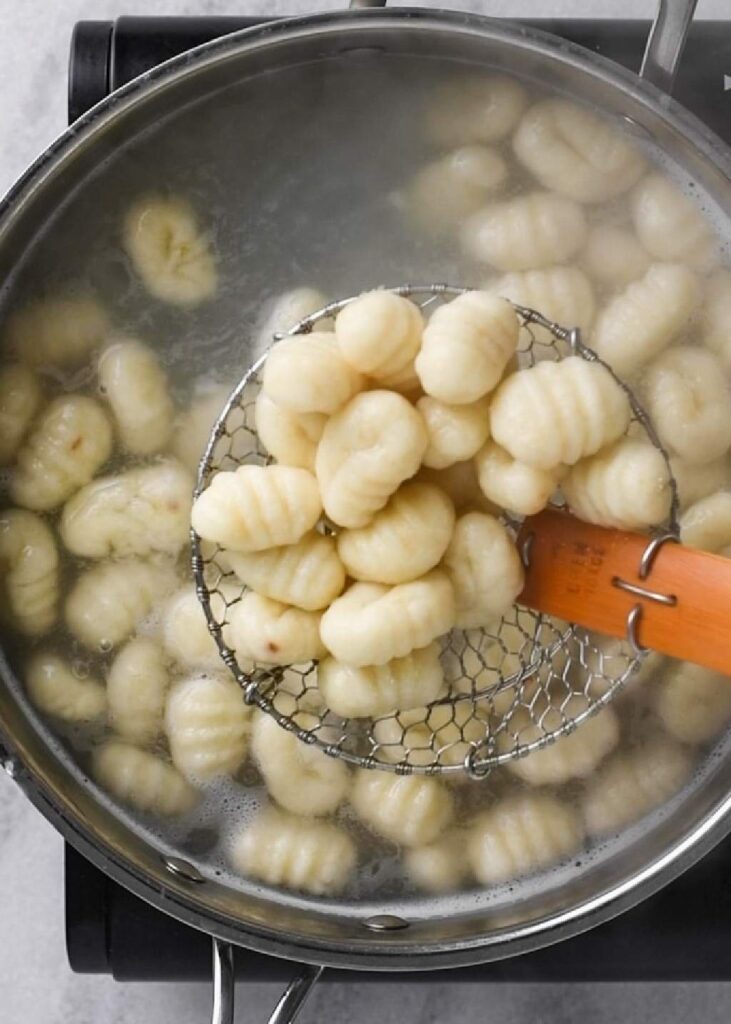
Yes, you can fry or bake gnocchi instead of boiling it. When it comes to preparing gnocchi, the traditional boiling method isn’t the only option. Frying is a viable alternative, offering a delightful crispy texture. Surprisingly, you can skip boiling altogether and toss the gnocchi directly into a sizzling pan. For those who appreciate a softer bite, boiling before frying is an excellent compromise.
Baking is another avenue to explore in the gnocchi-cooking realm. Like frying, it can produce a satisfyingly crispy exterior without the need for boiling beforehand. The choice between boiling, frying, or baking is subjective and hinges on personal taste preferences. Here’s a quick rundown:
| Method | Texture | Process |
| Boiling | Soft and Light | Traditional, brings out a classic gnocchi feel |
| Frying | Crispy | Direct approach, no need to boil beforehand |
| Baking | Crispy | Oven-baked alternative, skip boiling for crunch |
Ultimately, whether you’re a fan of the soft classic or crave that extra crunch, there’s a gnocchi preparation method tailored to your taste buds.
Boiling vs. Baking Gnocchi: Texture Comparison
When it comes to cooking gnocchi, the debate between boiling and baking is a hot topic among food enthusiasts. Each method yields distinct textures that can greatly influence the overall dining experience.
Boiling gnocchi typically results in a softer, more delicate texture, while baking them often produces a slightly firmer and chewier consistency. The key lies in personal preference and the desired end result of the dish—whether you prefer light and pillowy or denser and more substantial gnocchi.
While traditionalists may swear by boiling as the only way to achieve that classic melt-in-your-mouth gnocchi texture, baking offers a unique twist that can elevate your dish to new heights. Baking gnocchi not only intensifies their flavor but also provides a delightful crispy exterior that adds an irresistible textural contrast to the soft interior.
By exploring both methods, cooks can discover how varying textures can complement different sauces and accompaniments, allowing for a versatile array of culinary creations using this beloved Italian delight.
Tips for Preventing Mushy Gnocchi
Gnocchi is a delicate and delicious Italian dumpling that can easily turn mushy if not prepared carefully. To prevent this culinary catastrophe, follow these tips for achieving light, pillowy gnocchi every time. First, make sure to select the right type of potato—russet or Yukon gold potatoes are best for gnocchi as they have a lower water content and a fluffier texture. Additionally, avoid overworking the dough when forming the gnocchi; excessive kneading can result in dense and gummy dumplings.
Another essential tip is to cook the potatoes gently by baking them instead of boiling. Baking allows the potatoes to retain less moisture, resulting in lighter and less watery gnocchi dough. Furthermore, once your gnocchi are formed, boil them briefly in small batches until they float to the surface—overcooking can lead to mushy texture.
By following these tips and techniques, you can enjoy perfectly cooked gnocchi that are light and delightfully firm with each bite.
How to Bake Gnocchi: Step-by-Step Guide
Challenging the traditional method of boiling gnocchi, baking them can yield delicious and unique results.
Ingredients:
- Gnocchi dough (made from mashed potatoes, flour, and eggs)
- Olive oil
- Salt
- Optional: Your favorite sauce or toppings
Step 1: Prepare the Gnocchi Dough
Begin by crafting the gnocchi dough. Combine mashed potatoes, flour, and eggs to achieve a light and fluffy texture. Ensure the ingredients are well-mixed, creating a cohesive dough.
Step 2: Shape the Gnocchi
- Take portions of the dough and roll them into ropes on a floured surface.
- Cut the ropes into small, bite-sized pieces.
- Gently press each gnocchi piece with a fork to create ridges, providing the perfect texture for holding sauce.
Step 3: Arrange on a Baking Sheet
- Preheat your oven to a high temperature, around 425°F (220°C).
- Place parchment paper on a baking sheet to prevent sticking.
- Arrange the formed gnocchi on the baking sheet, ensuring they are evenly spaced.
Step 4: Brush with Olive Oil
Lightly brush the gnocchi with olive oil to promote browning and crispiness. This step adds a delightful golden exterior to the gnocchi while keeping the interior fluffy.
Step 5: Bake to Perfection
- Slide the baking sheet into the preheated oven.
- Bake the gnocchi for approximately 20-25 minutes or until they develop a golden color and a slight crispiness on the outside.
Step 6: Serve and Enjoy
- Remove the gnocchi from the oven.
- Season with salt to taste.
- Optionally, top with your favorite sauce or toppings for added flavor.
How to Fry Gnocchi: Step-by-Step Guide
Frying gnocchi is a delightful alternative to boiling that brings out a crisp, golden exterior while maintaining a soft and fluffy interior.
Ingredients:
- Gnocchi (thawed if frozen)
- Olive oil
- Salt and pepper to taste
- Optional: Your preferred seasonings
Step 1: Prepare the Gnocchi
- Ensure your gnocchi is thawed if frozen and pat them dry with a paper towel to remove excess moisture.
Step 2: Heat the Skillet
- Place a non-stick skillet or frying pan on the stove over medium-high heat.
- Add a generous drizzle of olive oil to the pan.
Step 3: Add the Gnocchi
- Once the olive oil is shimmering, carefully add the gnocchi to the pan in a single layer.
- Ensure each gnocchi has enough space to cook evenly.
Step 4: Resist Stirring Immediately
- Allow the gnocchi to sizzle without stirring immediately.
- Let them develop a golden crust on one side before gently flipping with a spatula.
Step 5: Be Patient for Perfect Crisping
- Exercise patience to let the gnocchi brown evenly.
- The key is achieving an irresistible texture that contrasts beautifully with the tender interior.
Step 6: Season to Perfection
- Once the gnocchi are golden brown, sprinkle with salt and pepper to taste.
- Optionally, add your preferred seasonings for an extra burst of flavor.
Step 7: Experiment with Fresh or Store-Bought Gnocchi
- Know that both freshly cooked and store-bought gnocchi work equally well for frying.
- This flexibility provides endless opportunities to experiment with different seasonings and flavors.
Step 8: Master the Art of Frying Gnocchi
- Embrace the excitement of mastering the art of frying gnocchi.
- Enjoy the crispy exterior that beautifully elevates this classic dish, unlocking its full potential for indulgence.
Flavor Variations and Pairings
When it comes to flavor variations and pairings for gnocchi, the possibilities are endless. Traditional potato gnocchi can be paired with a classic tomato sauce or a creamy Gorgonzola sauce for a rich and indulgent flavor experience. For a fresh and vibrant option, consider serving spinach or ricotta gnocchi with a lemon butter sauce, allowing the tangy citrus to cut through the richness of the dish.
Experimenting with flavor variations can elevate your gnocchi game to new heights. Incorporating ingredients like truffle oil, pesto, or even sundried tomatoes into your gnocchi dough can add layers of complexity and depth to your dish.
Additionally, consider incorporating different herbs such as basil, thyme, or sage into your sauces to complement the flavors in the gnocchi itself. Whether baked or fried, these flavor combinations will take your gnocchi from ordinary to extraordinary.
Conclusion: Finding the Perfect Cooking Method
In conclusion, finding the perfect cooking method for gnocchi ultimately comes down to personal preference and desired texture. Both baking and frying offer unique flavor profiles and textures compared to traditional boiling, but each method requires careful attention to avoid mushy results.
When baking gnocchi, the exterior becomes delightfully crispy while maintaining a soft interior, providing a satisfying contrast in each bite. On the other hand, frying gnocchi creates a rich golden crust that adds complexity and depth of flavor to the dish.
Experimenting with different cooking methods allows for culinary exploration and innovation. By understanding the principles behind each technique, one can adapt recipes to suit individual tastes and elevate familiar dishes to new heights. Whether seeking a chewy texture or a crispy finish, discovering the perfect cooking method for gnocchi opens up a world of creative possibilities in the kitchen.
FAQs
What’s the difference between baked and boiled gnocchi?
Baked gnocchi tends to be firmer with a slightly crispy exterior, while boiled gnocchi has a softer, pillowy texture. Baking introduces a unique flavor profile and is a great option for variety in your gnocchi dishes.
Can I make a gnocchi casserole?
Absolutely! A gnocchi casserole is a delicious option. Layer baked or boiled gnocchi with sauce, cheese, and other ingredients, then bake until bubbly. It’s a convenient and flavorful way to serve this classic dish.
Are there variations for oven-baked gnocchi?
Yes, you can customize oven-baked gnocchi. Try adding vegetables, herbs, or cheese for unique flavors. Experiment with different seasonings to create a dish tailored to your taste preferences.
How do I prepare an oven-baked gnocchi casserole?
To make a delicious gnocchi casserole, layer baked or boiled gnocchi with your favorite sauce, cheese, and other toppings. Bake until golden and bubbly for a flavorful twist on the classic dish.
What’s the key to achieving a roasted gnocchi dish with the perfect crispiness?
For a roasted gnocchi dish, coat the gnocchi in olive oil and spread them evenly on a baking sheet. Roast at a high temperature to achieve a crispy exterior while maintaining a soft interior.
Can I fry gnocchi for a quicker cooking option?
Yes, frying gnocchi is a quick alternative to boiling. Heat oil in a pan, add the gnocchi, and fry until golden brown for a crispy texture. This method offers a faster cooking time while maintaining the delicious flavors of gnocchi.

